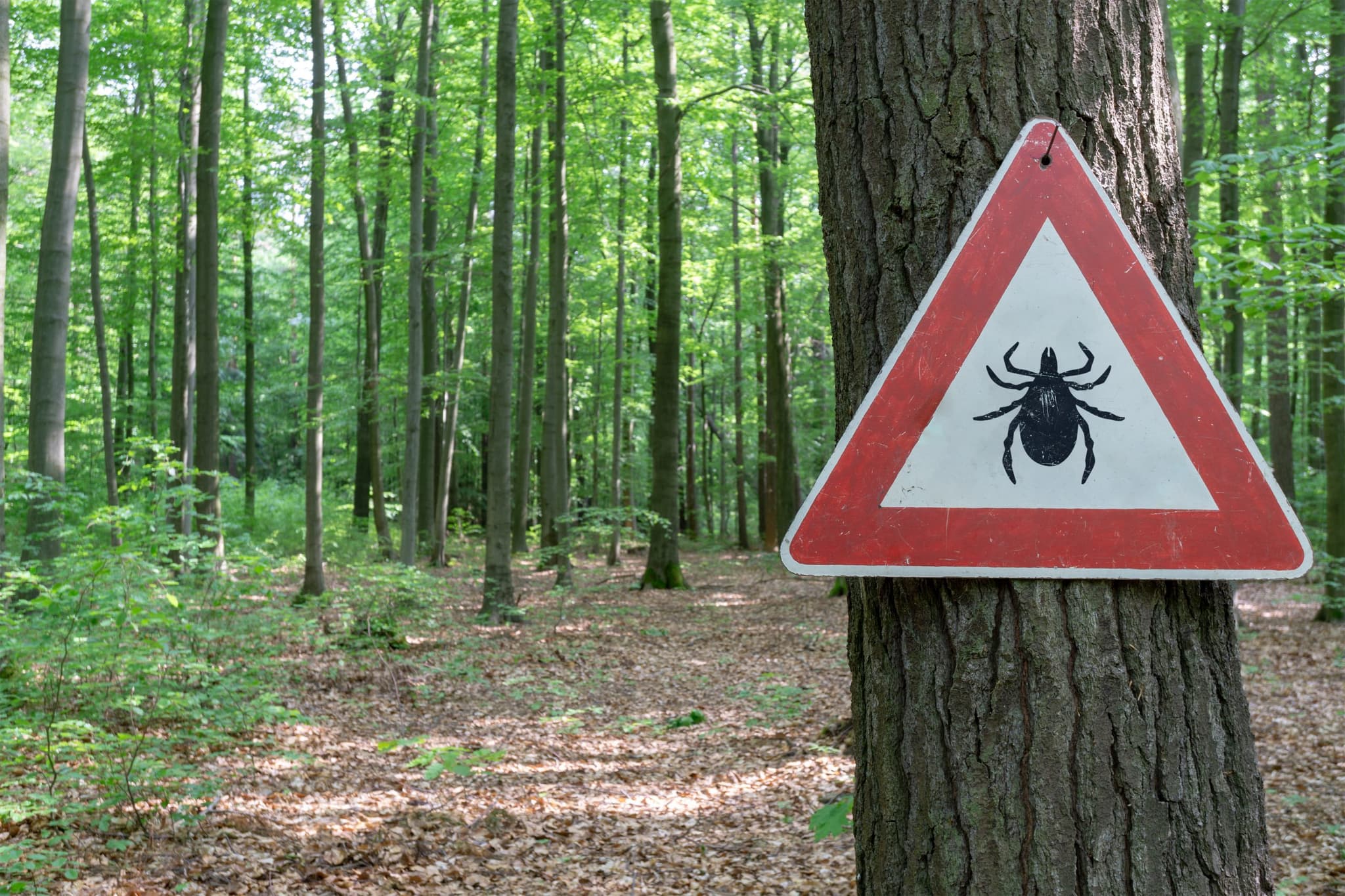
2025-11-21T14:10:25
How to Prevent Gestational Diabetes
- Family Medicine
- Internal Medicine
- OB/GYN
June 28, 2017 | Family Medicine • Internal Medicine
Specialties:Internal Medicine

Even small amounts of lead can lead to serious health issues, and lead poisoning can occur if lead builds up in the body over months or years. Children under 6 years old are especially susceptible to lead poisoning, which can have a major effect on both mental and physical development.
Lead poisoning can come from a variety of sources, mostly involving the environment. It can be treated, and there are also several precautions you can take to help protect you and your children from the risk of exposure. Here are the basics you need to know about lead poisoning.
Lead poisoning can be difficult to detect because the signs and symptoms often don’t appear until dangerous amounts of lead have built up—people with high amounts of lead in their blood might seem completely healthy. Symptoms may differ based on the age of the patient. Common symptoms in children include:
In babies, a few specific symptoms might include:
In adults, lead poisoning signs and symptoms could include:
Exposure to lead can cause damage over time, particularly in children. Irreversible brain damage is possible, along with kidney and nervous system damage for people of all ages. Extreme levels of lead can cause seizures, unconsciousness and death.
Lead naturally occurs in the earth’s crust, but various activities like mining, manufacturing and the production of fossil fuels have caused it to be even more common. It’s been phased out of certain popular uses, but is still common in many household items.
Common causes and sources of lead include:
Risk factors that may raise your risk of lead poisoning include:
In many cases, regular checks for lead levels in children can be valuable, particularly if children hold any of the risk factors of lead poisoning. The American Academy of Pediatrics suggests testing at ages 1 and 2, and doctors might suggest further testing in some cases. A simple blood test can check for lead poisoning.
To treat lead poisoning, the first step is identifying the source and attempting to remove it. In severe cases, your doctor might recommend chelation therapy (a medication that binds with lead and helps it leave the body through urine) or EDTA chelation therapy (for adults or children who can’t tolerate the drug used in conventional chelation therapy).
There are several steps you can take to lower your risk and your child’s risk of lead poisoning, all with the goal of reducing exposure both inside and outside the home:
If you’re worried you or your child is showing signs of lead poisoning, speak to your doctor, who will give you a recommended course of action.
“Lead poisoning.” The Mayo Clinic. http://www.mayoclinic.org/diseases-conditions/lead-poisoning/home/ovc-20275050
“Lead Poisoning – Topic Overview.” WebMD. http://www.webmd.com/children/tc/lead-poisoning-topic-overview#1
WRITTEN BY:
The Live Better Team

2025-11-21T14:10:25

2025-11-03T11:32:24

2025-10-21T11:51:52

2025-08-20T16:07:59
This information is not intended to replace the advice of a medical professional. You should always consult your doctor before making decisions about your health.